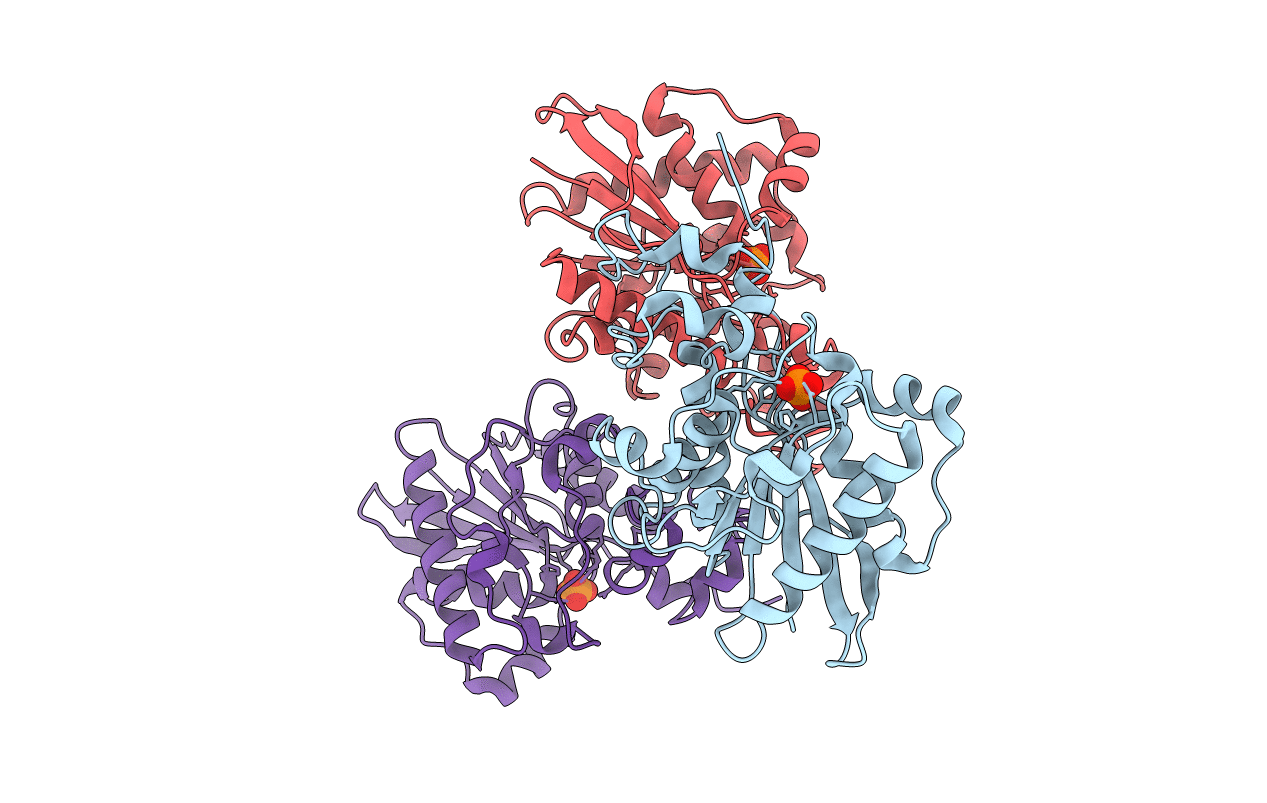Abstact
Precise signaling by the T cell receptor (TCR) is crucial for a proper immune response. To ensure that T cells respond appropriately to antigenic stimuli, TCR signaling pathways are subject to multiple levels of regulation. Sts-1 negatively regulates signaling pathways downstream of the TCR by an unknown mechanism(s). Here, we demonstrate that Sts-1 is a phosphatase that can target the tyrosine kinase Zap-70 among other proteins. The X-ray structure of the Sts-1 C terminus reveals that it has homology to members of the phosphoglycerate mutase/acid phosphatase (PGM/AcP) family of enzymes, with residues known to be important for PGM/AcP catalytic activity conserved in nature and position in Sts-1. Point mutations that impair Sts-1 phosphatase activity in vitro also impair the ability of Sts-1 to regulate TCR signaling in T cells. These observations reveal a PGM/AcP-like enzyme activity involved in the control of antigen receptor signaling.



